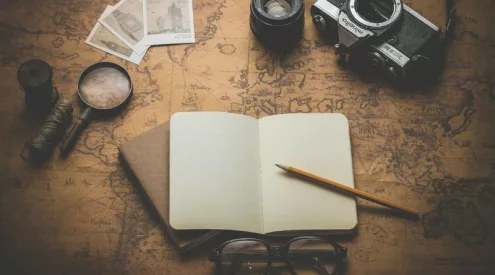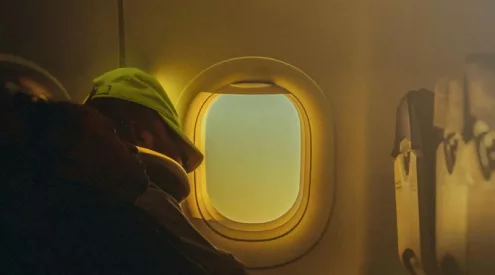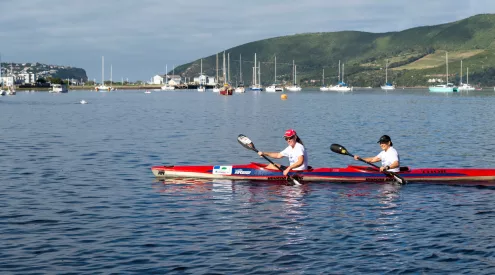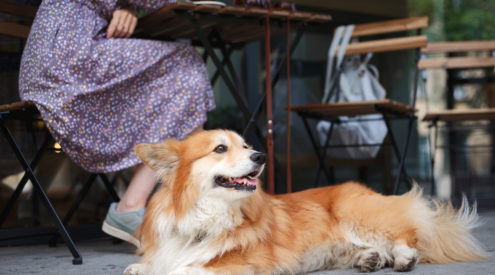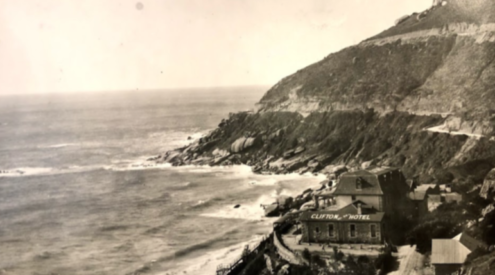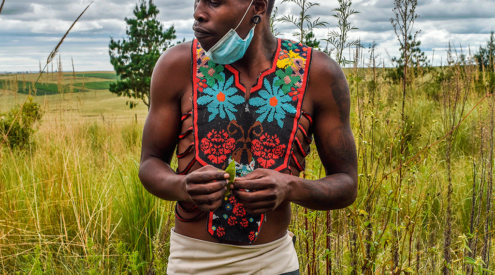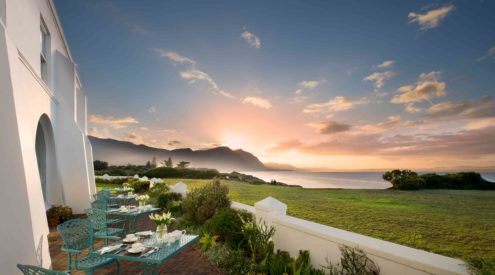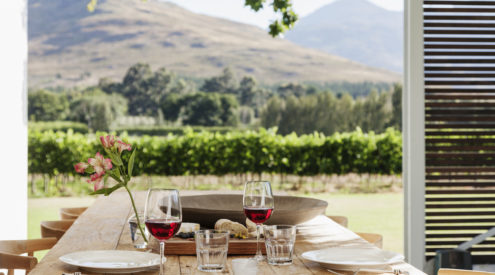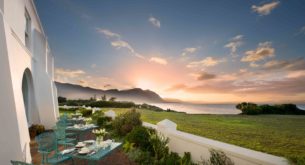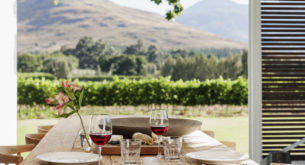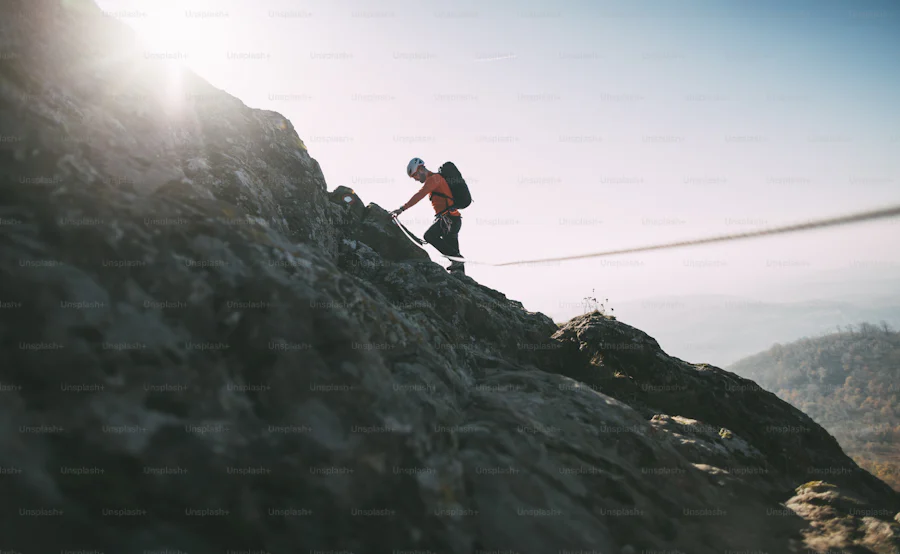Date of entry: 27 October 2009 (Day 14) Place of Entry: Ras Adjir, Western Border
Date of Exit: 2 November 2009 (Day 20) Place of Exit: Saloum, Eastern Border
Kamal, a tall, well built and proud Libyan of Berber ancestry smiled wryly as he told the joke. “A man goes to a restaurant to order a meal of chicken and is successively sent to different counters, each one asking how he would like his chicken. When he eventually gets to the 10th counter he is told that, ‘Sorry there is no chicken, but how do you like our organization?'”
Kamal is our mandatory guide for our every movement in Libya, an expensive and largely unnecessary requirement; and he is plagued by road block after road block where he has to produce documentation that is scrutinized and argued over. However, as we discovered, the positives to be found in Libya outweighed the nuisances – I found the chicken to be just fine thanks, Kamal.
There are 2000 kms of Mediterranean coastline along Libya’s northern border, which is host to an abundance of excellently preserved Roman and Greek ruins. We followed this coastline to travel across Libya. The great thing about travelling in Libya is that you don’t feel like a tourist. The people certainly don’t treat you as one. There is no harassing by vendors, prices are fixed and they are unbothered by your comings and goings. We felt very privileged to walk around the magnificent ruins, virtually free to explore them on our own.
Together with having an adventure on this overland trip, we want to highlight the value and suitability of solar power in Africa through promoting the charity, SolarAid. It was ironic then that it rained virtually the whole time that we were in Libya, even though there is plenty of sunshine just about every other day of the year.
We explored the Roman ruins of Sabratha and Leptis Magna, wonderful examples of how elaborate and extensive these ancient cities were with their forums, swimming pools, communal toilets and steam baths. The eastern Green Mountain area revealed the Greek ruins of Cyrene and Apollonia, which for us felt quite ominous covered in mist and rain. An amphitheatre carved out of the cliff was a remarkable sight and showed the sophistication of these empires.
Our last night in Libya was spent camping on a beach beside a peninsula that stretched out into the sea, creating a bay. In defiance of the rain I decided to jog to the top of the peninsula. The rain pelted against my chest, making my shirt cling to my skin. The view of the bay below became more impressive the higher I climbed. Two robed men crouching around a fire beckoned me over and gave me a drink – a vinegar-like sparkling wine. I smiled at their mischief, as alcohol is banned in Libya.
Finally I reached the plateau, looking over a beautiful sandy bay flanked by cliffs. We had stopped here solely in transit to the Egyptian border and I wasn’t expecting to find ruins, but at the end of the plateau, looking over the bay were the remnants of those who a long time ago had been drawn to the same spot as me. I felt like Indiana Jones coming across these mysterious ruins with no labels, signposts or explanations; and not another soul around for miles. Just then the sun came out and lit up the bay.
Driving to the Egyptian border the next day proved that another of Kamal’s jokes did bear truth. “A Libyan driver goes through a red light and his passenger protests, but the driver calms him with ‘Don’t worry, I am a good driver.’ He then stops at a green light and the passenger asks why he, to which he responds, ‘Here comes another good driver.'”

